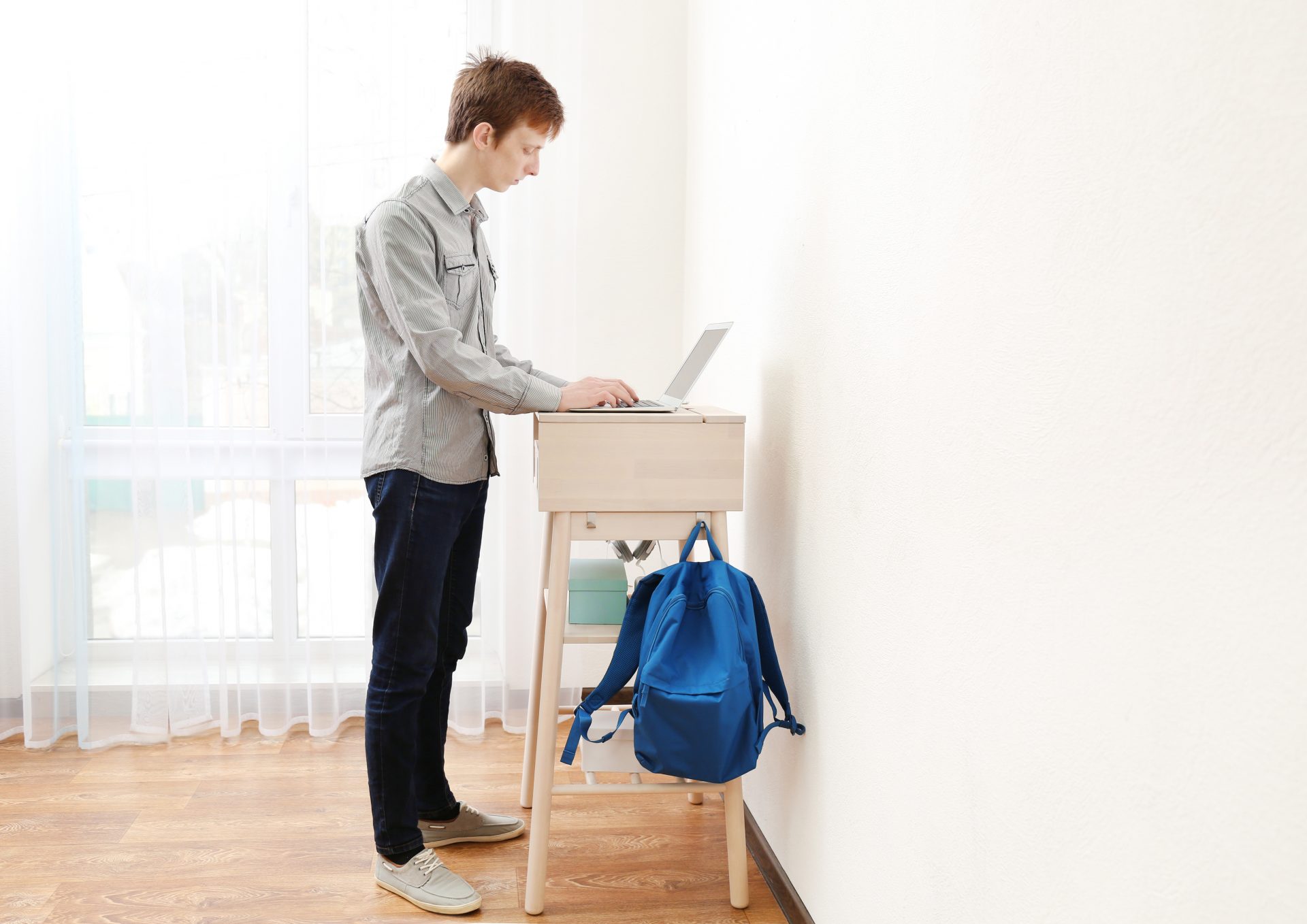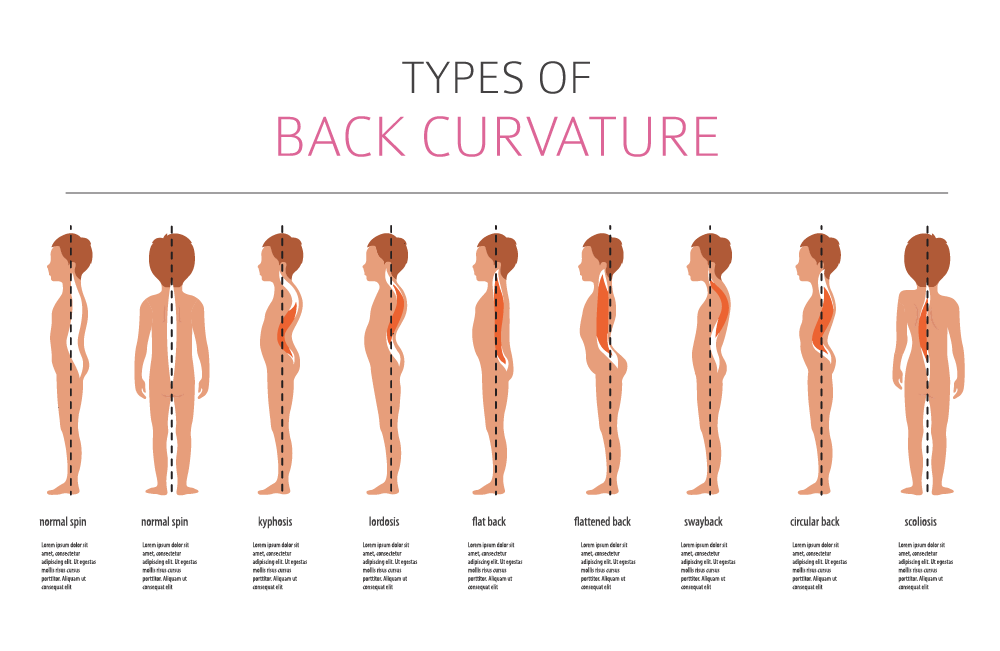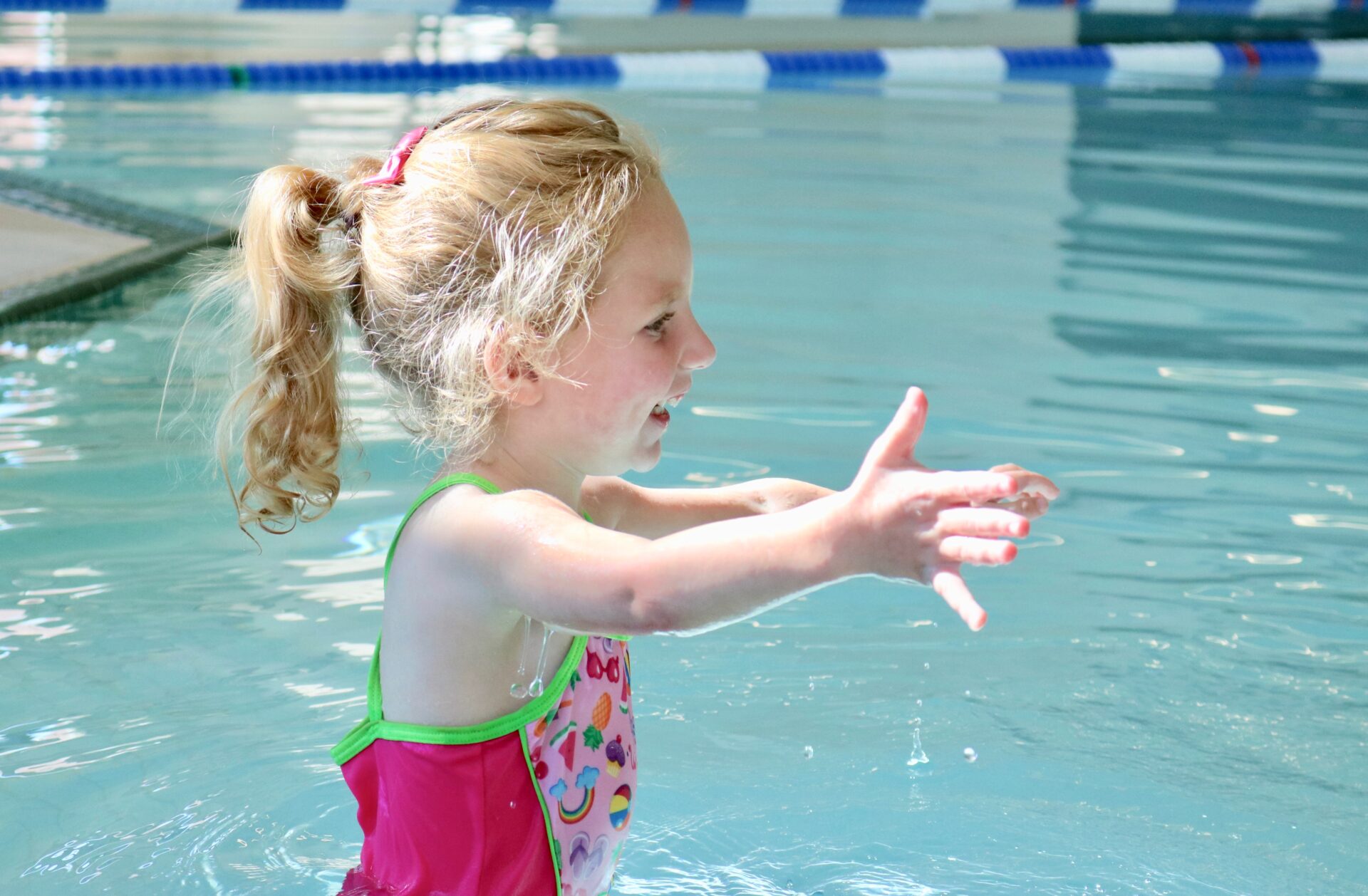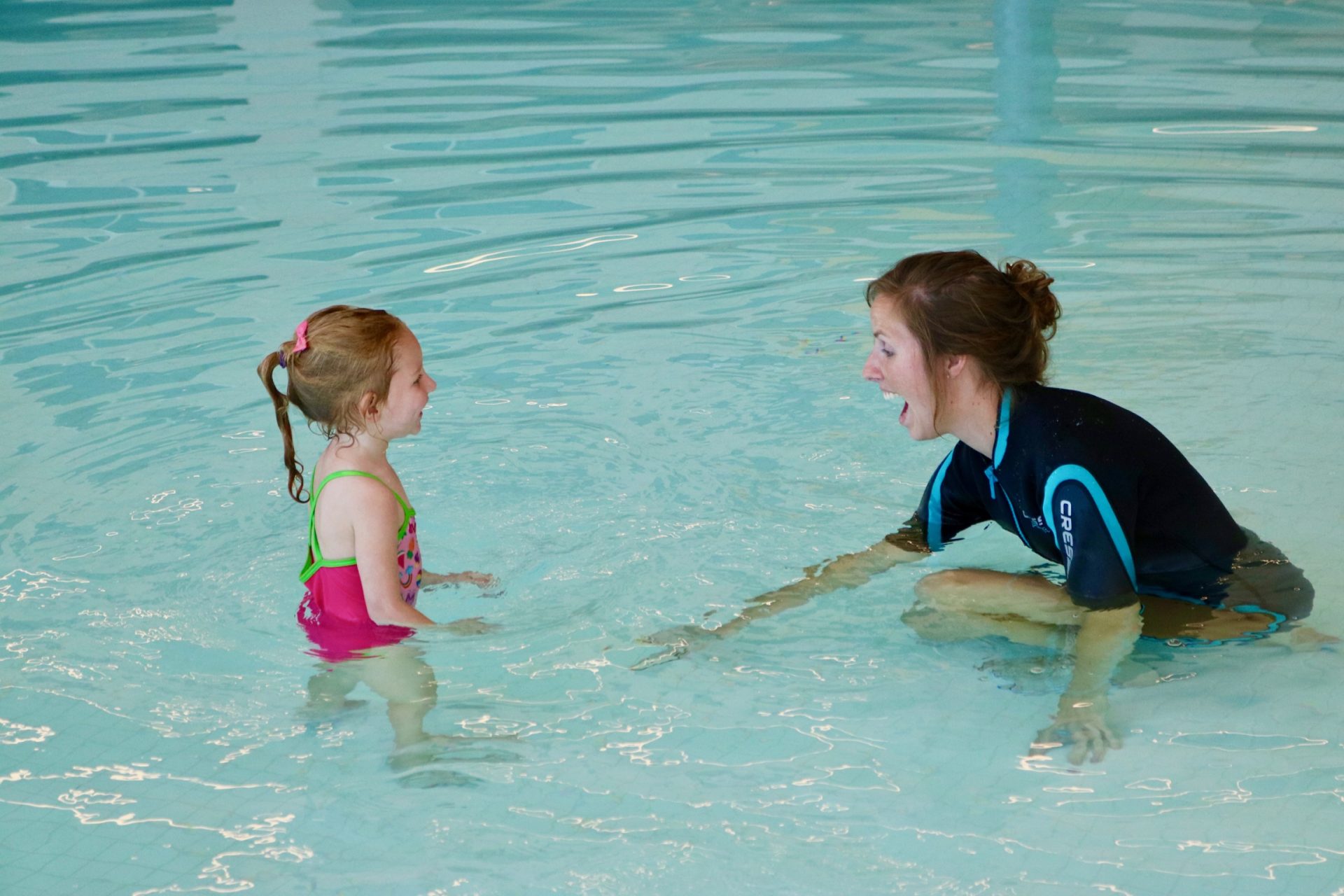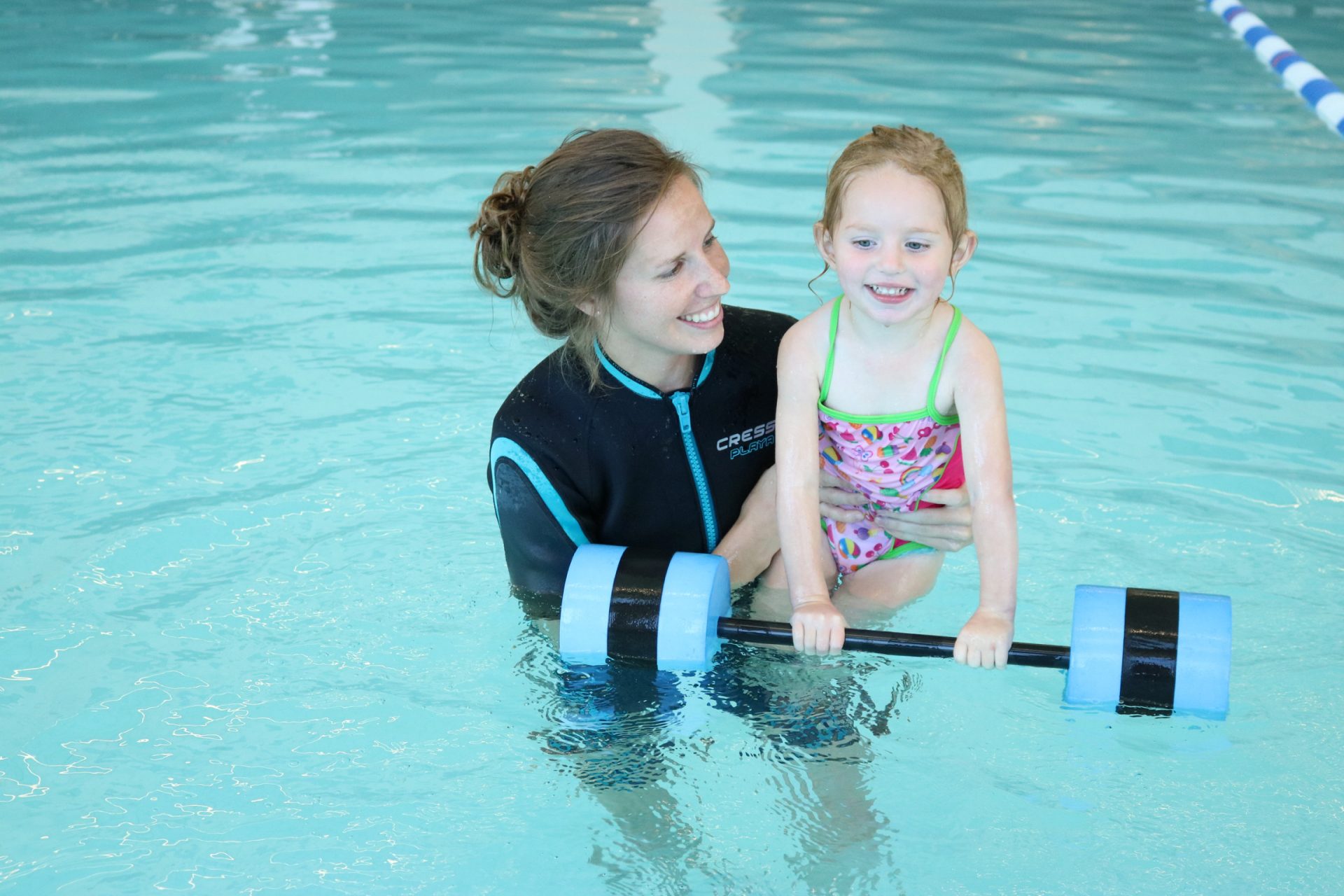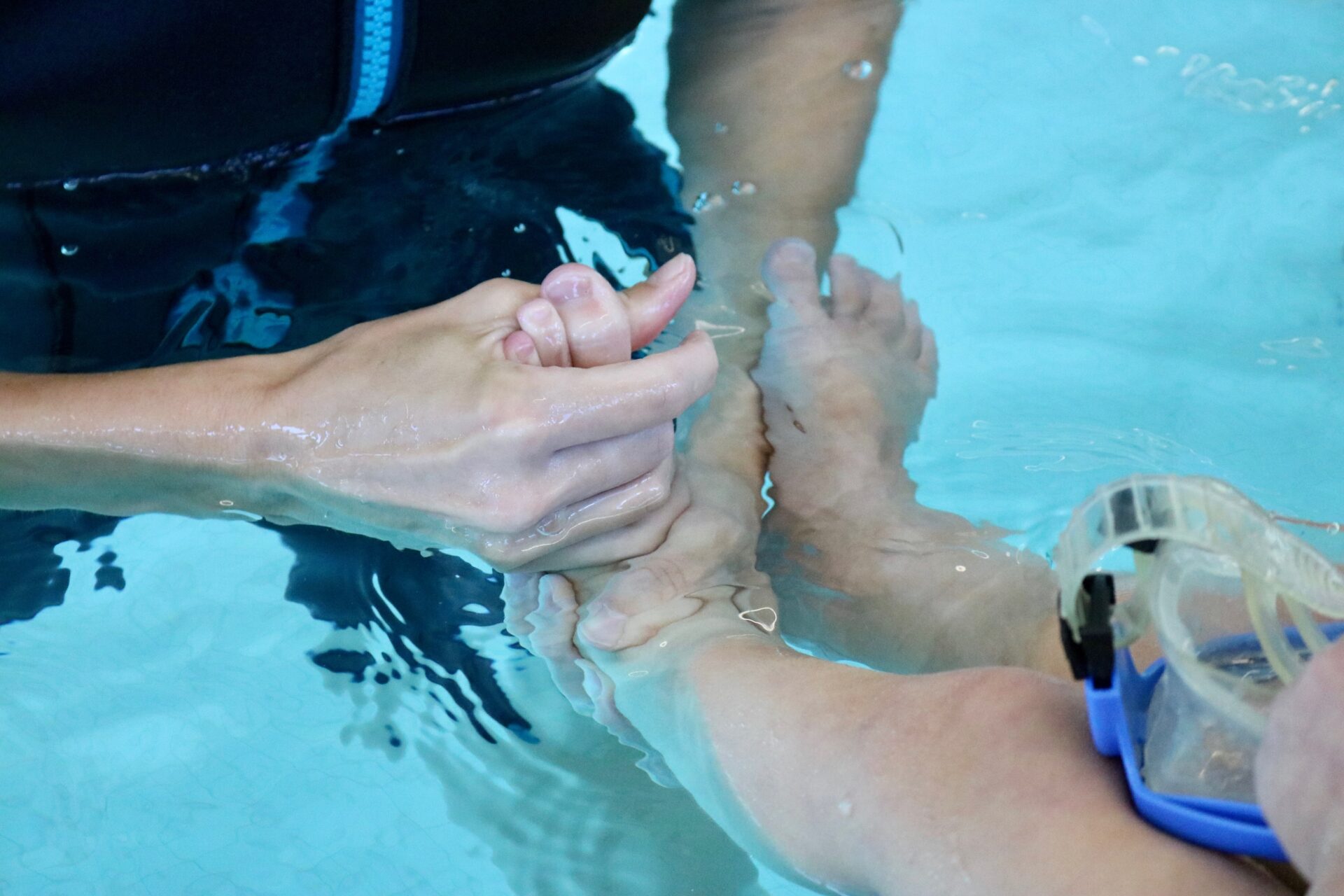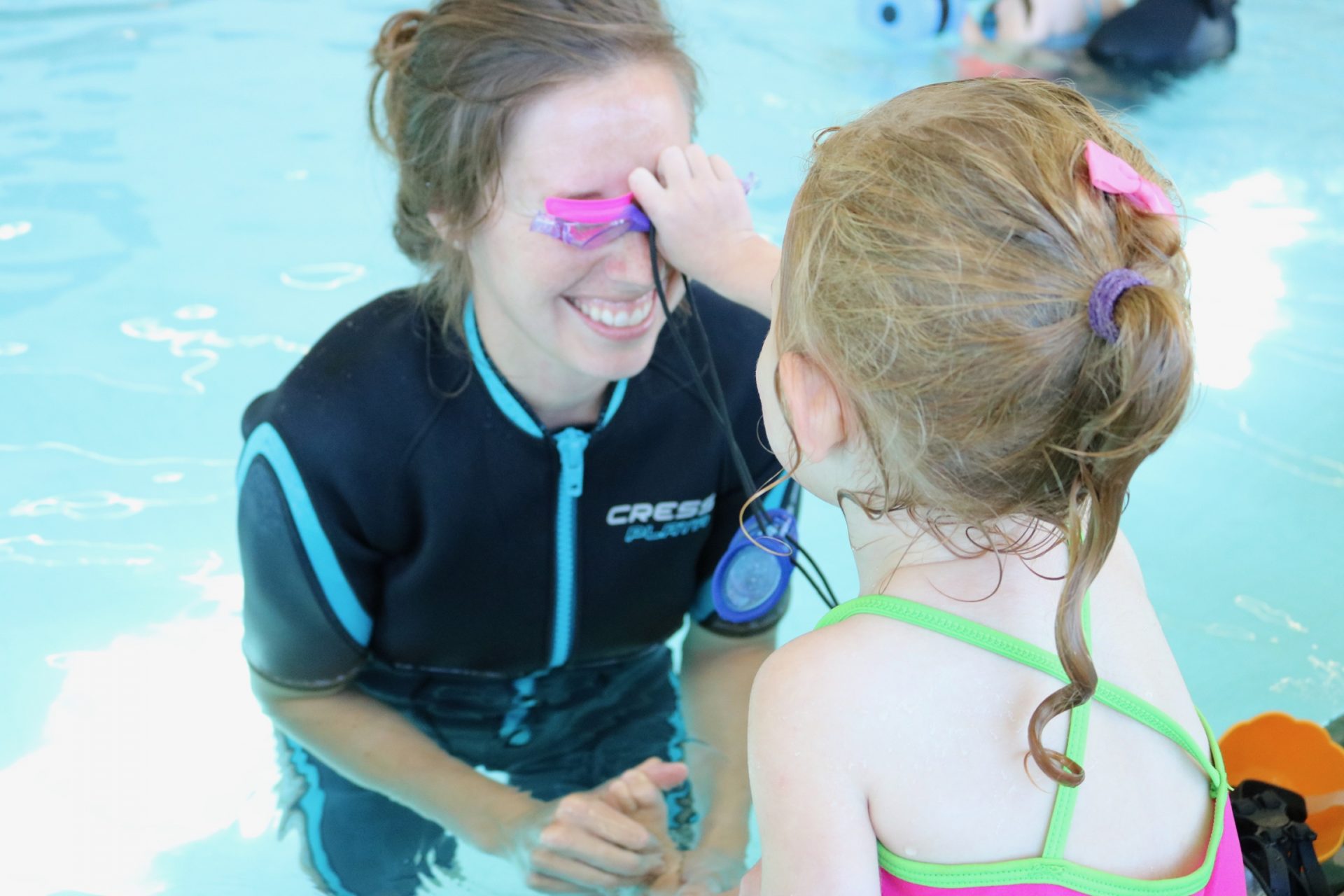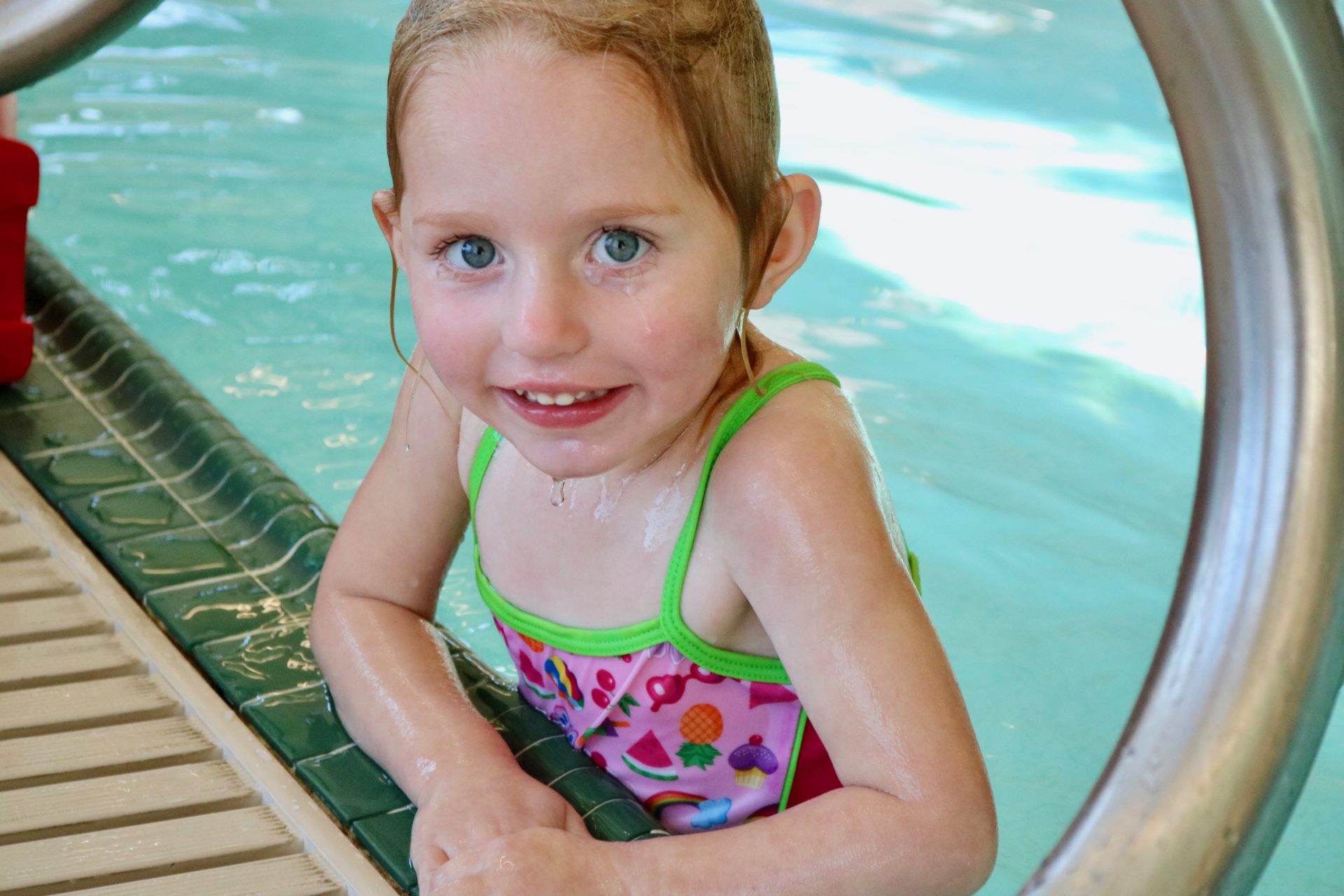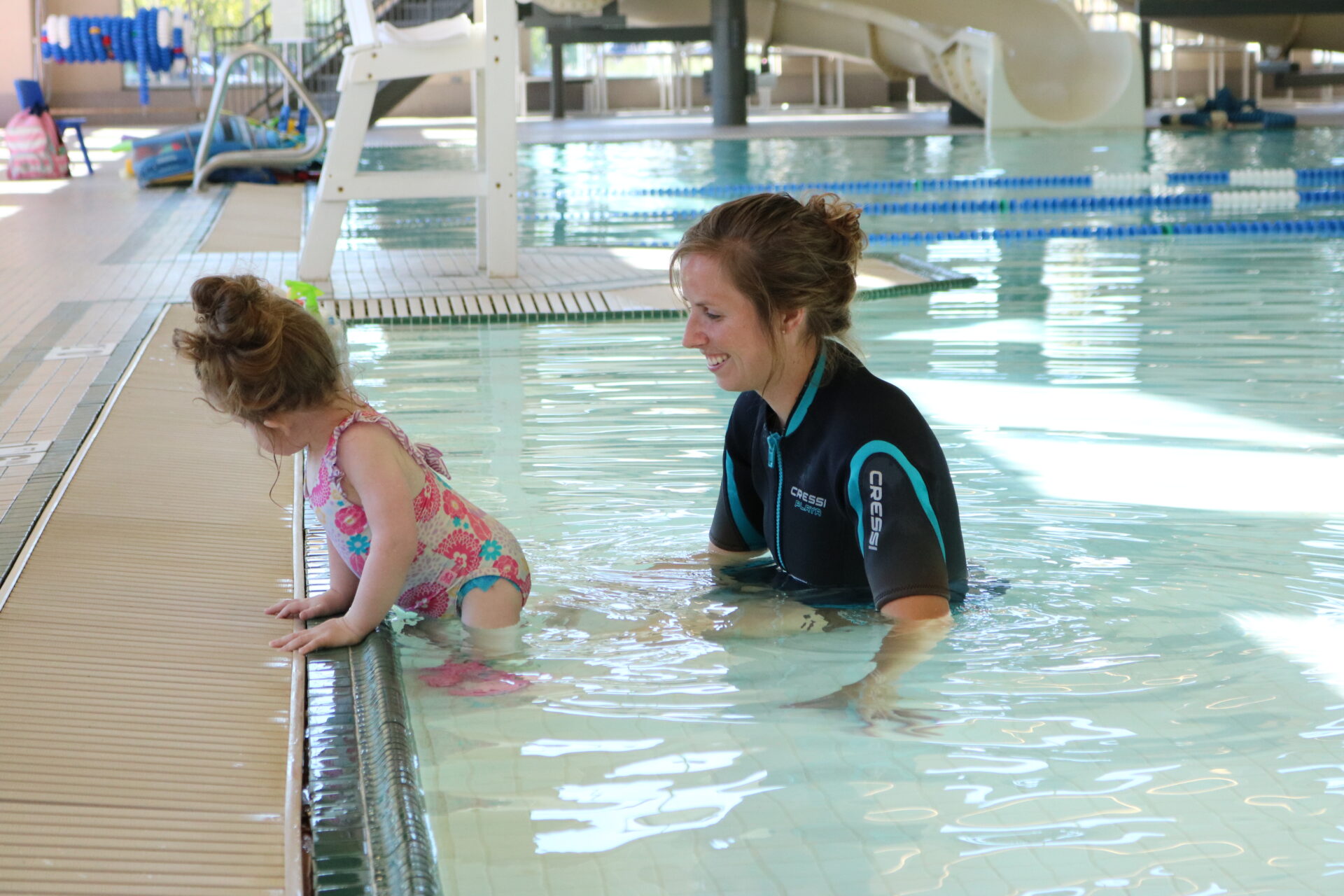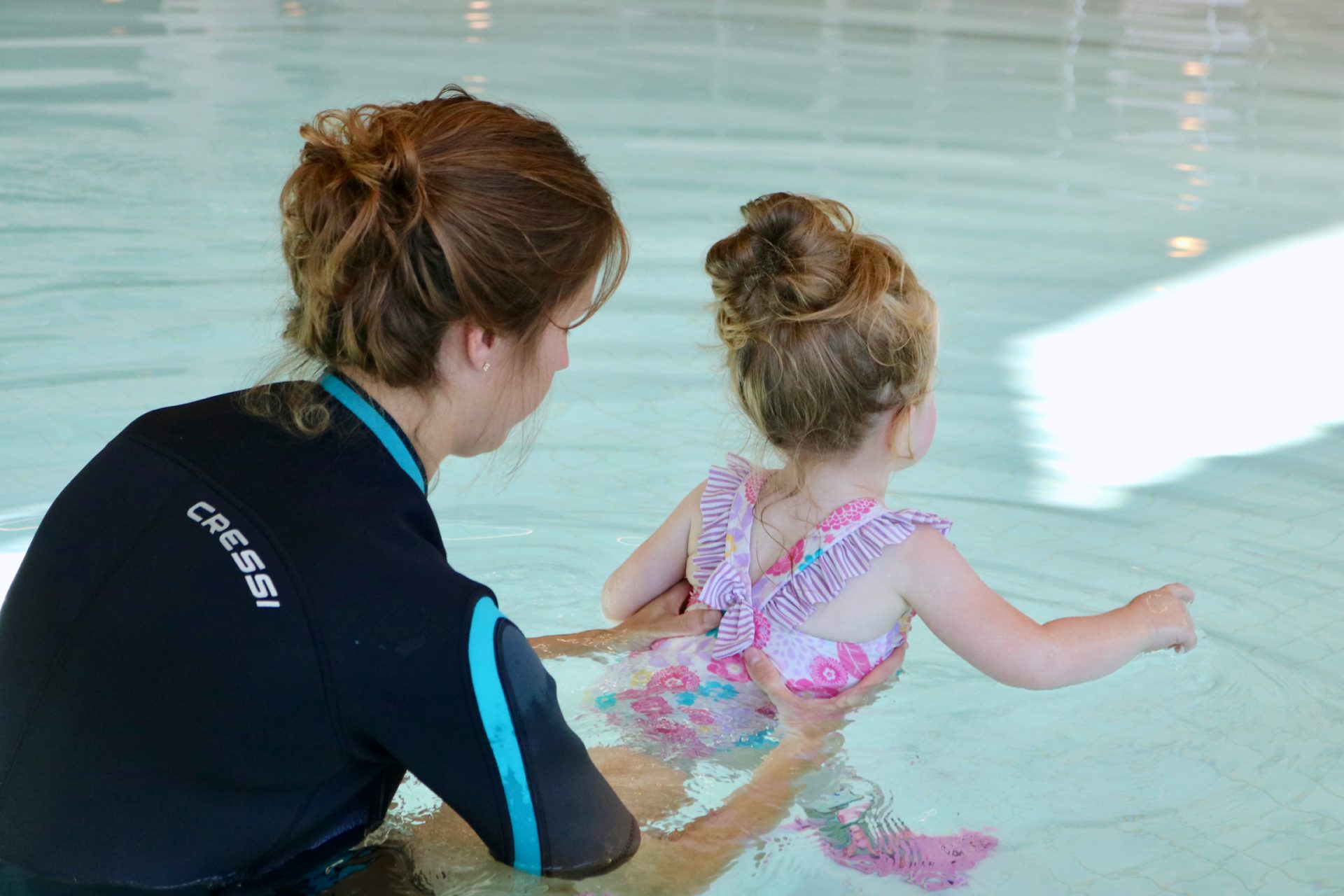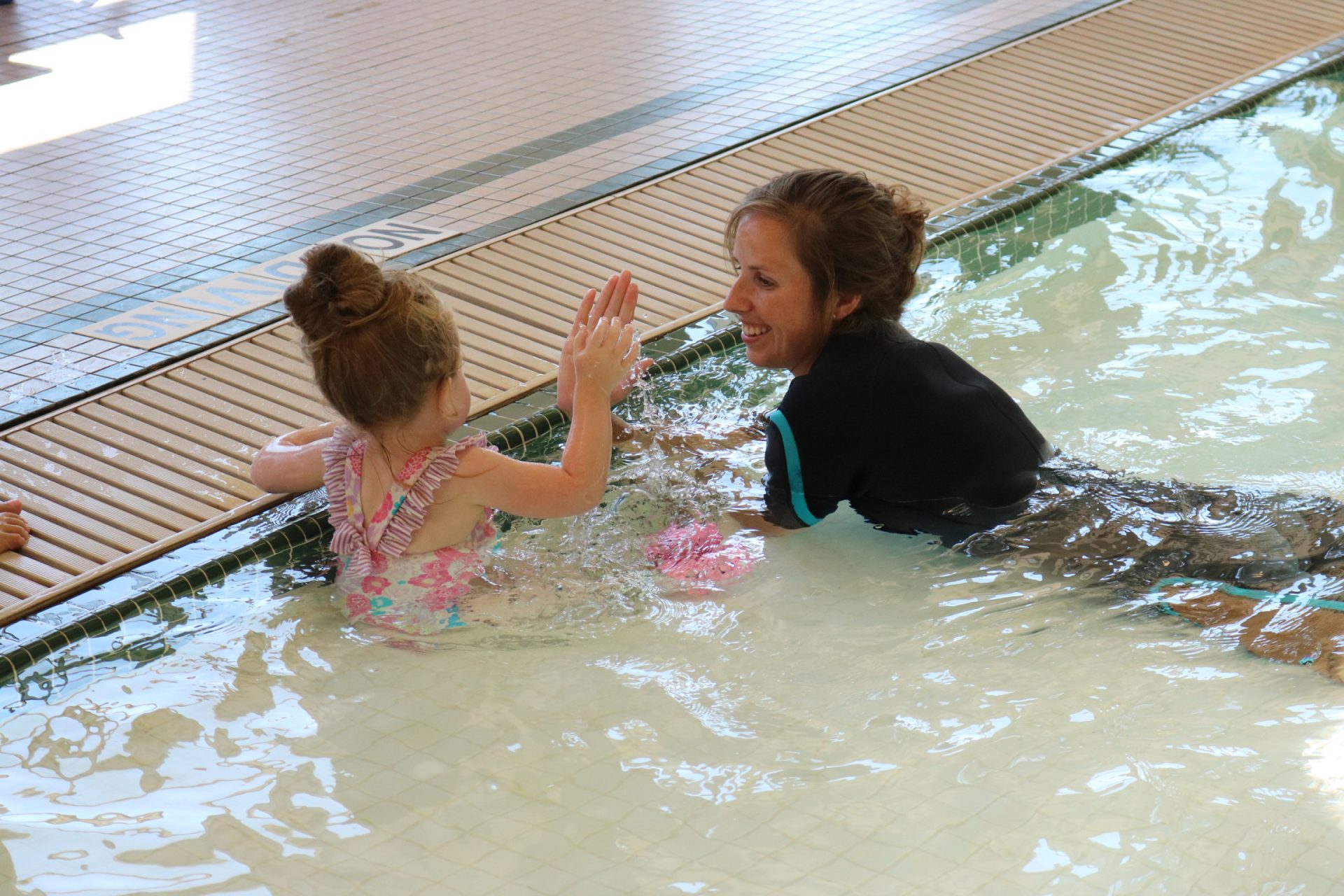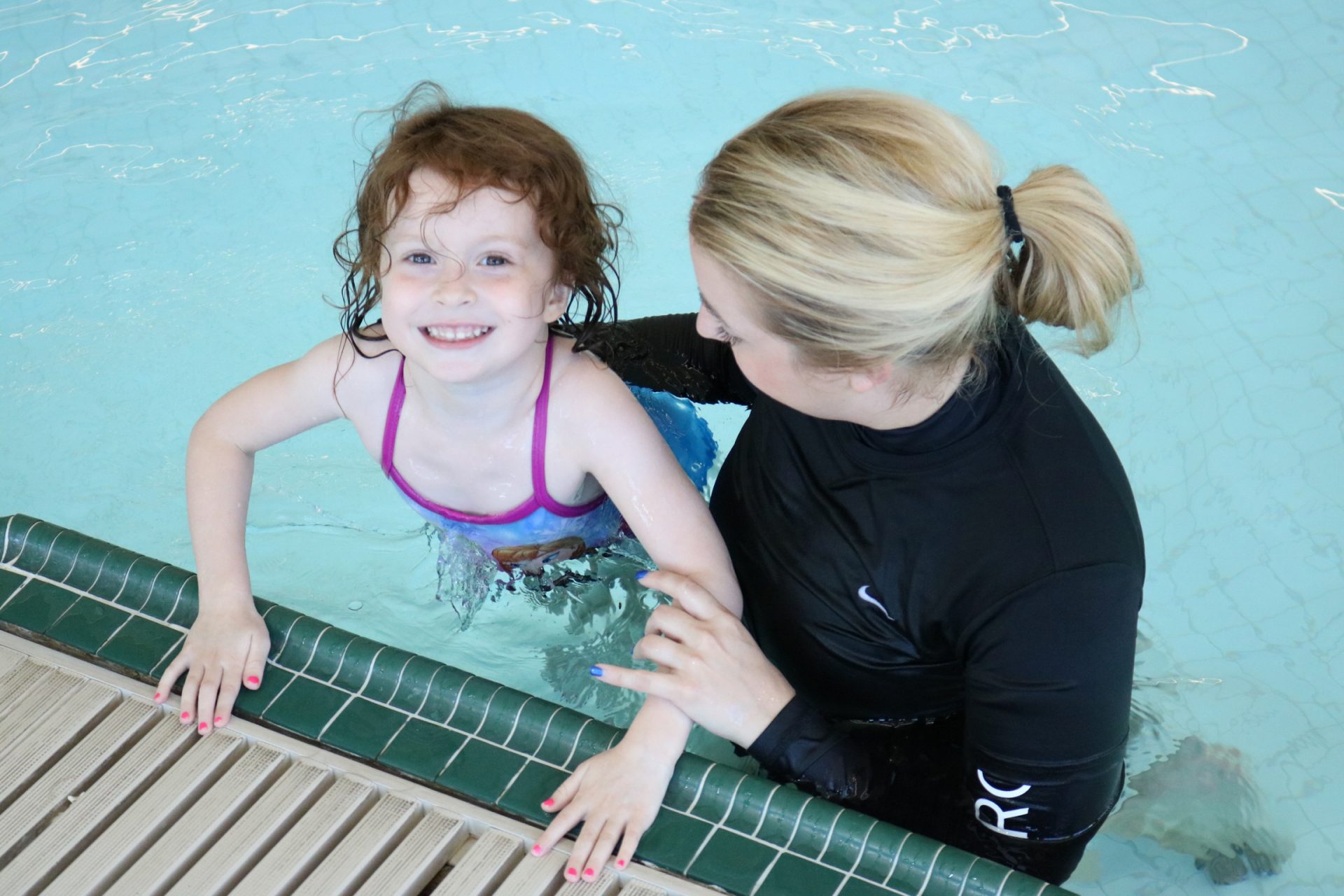Top 5 Tips to Prepare for Back-to-School from an Occupational Therapist
As the summer draws to a close, it’s time to start thinking about heading back to school. For students, this transition can bring a mix of excitement and anxiety. Setting students up for success by helping them prepare for the challenges that lie ahead can make the transition go smoothly. Some things to start working on ahead of time are establishing routines, organizing workspaces and supplies, fine motor skills, social skills, and sensory supports. All of this preparation can feel overwhelming, but the occupational therapy team at BDI Playhouse can help you in any of these areas that you find to be tricky for your child. You can schedule a free screening with an occupational therapist just to brainstorm some tips that can help you prepare for back-to-school or to discuss how occupational therapy services might benefit your family.
1. Establish a Routine: One of the most important aspects when you prepare for back-to-school is establishing a consistent routine. Over the summer break, sleeping schedules often become more relaxed, and days tend to be less structured. However, returning to school requires a regular sleep pattern and structured daily routines. Gradually adjust bedtimes and wake-up times to align with the school schedule, allowing the body to adapt to the changes. Establishing routines for meals, homework, and extracurricular activities will also help create a sense of predictability and reduce stress. Occupational therapists can help you develop these routines and can also provide help to make it easier for your child to follow their routine without assistance with tasks or a million pesky reminders from caregivers.
2. Organize and Prepare: Getting organized is crucial for a successful school year. Help your child set up an organized workspace, whether it’s a dedicated desk or a specific area for homework. Ensure necessary school supplies, textbooks, and materials are readily accessible. Organize backpacks or bags by creating designated compartments for different items. Teach your child how to use a planner or calendar to keep track of assignments, due dates, and extracurricular activities. By promoting organization skills, you can reduce anxiety and increase productivity. Occupational therapists can help identify the best way in which to organize materials to promote independence, modify supplies to best fit your child’s needs, and provide tools to help your child keep themselves on track.
3. Fine-Tune Motor Skills: Fine motor skills play a significant role in various school activities, such as writing, using scissors, and manipulating small objects. They are also important for your child to be able to open their backpack, snack and lunch containers, and to complete other self care tasks during the school day without help from their teacher. Engage your child in activities that enhance fine motor skills, such as coloring, drawing, puzzles, and arts and crafts projects. Encourage hand strengthening exercises through play, such as squeezing stress balls or using play-doh or putty. These activities help improve dexterity, handwriting, and overall coordination, leading to better academic performance. During therapy sessions, occupational therapists help children to develop these skills through carefully selected and graded activities that provide a just-right-challenge for improving fine motor skills. An OT can also help you to identify some ways that you can modify activities in ways that either promote increased fine motor skills or that make a difficult task more accessible for your child.
4. Foster Social Skills: Going back to school means interacting with peers, teachers, and other staff members. Social skills are crucial for building relationships and creating a positive school experience. Encourage your child to participate in social activities during the summer to help them practice communication, turn-taking, and problem-solving skills. Arrange playdates, join summer camps, or engage in team sports. Additionally, discuss and role-play social scenarios, teaching your child appropriate responses and behaviors. By fostering social skills, you can boost your child’s confidence and help them form meaningful connections at school. Occupational therapists commonly work with children to address these struggles and have so many great ideas for some strategies that you can try at home.
5. Manage Sensory Needs: For children with sensory processing challenges, the school environment can be overwhelming. Take time to assess and manage your child’s sensory needs before the school year begins. Consult with an occupational therapist who can provide strategies and interventions to address specific sensory issues. Create a sensory toolkit containing items such as noise-canceling headphones, fidget tools, and stress balls, which can help your child self-regulate and stay focused in the classroom. Collaborate with teachers to create a sensory-friendly learning environment that accommodates your child’s needs. Interpreting your child’s sensory needs and identifying the best ways to support them can be tricky, occupational therapists can work with you to help meet your child’s sensory needs, create activities and routines to regulate their sensory systems, and discuss ways in which you can advocate for your child as they return to the school environment.
Preparing for back to school involves more than just buying school supplies and new clothes. Focusing on establishing routines, organizing and promoting independence, fine-tuning motor skills, fostering social skills, and supporting sensory needs will help your child be their very best as they go back to school this Fall. By implementing these five tips, you can set your child up for success, ease the transition, and create a positive and productive school experience. The back-to-school period is an opportunity for growth, learning, and building resilience, and with the right preparation, your child can thrive academically, socially, and emotionally! Our team is ready to help you during any step of the way. You can schedule a free screening to discuss any road bumps you may have and we will be happy to talk about some specific strategies to try at home as you prepare for back-to-school!
Written by: Kourtney Schultz, MOT, OTR/L






